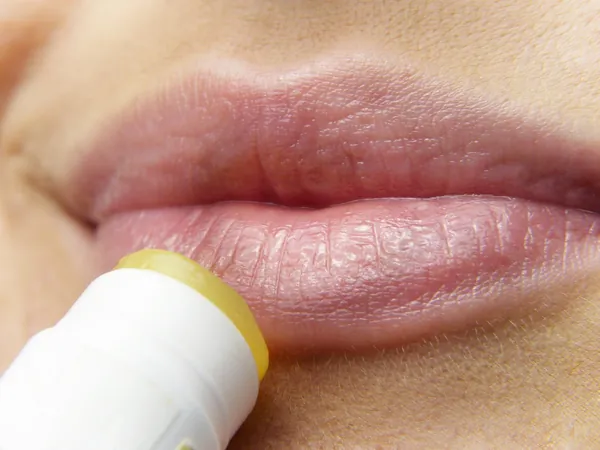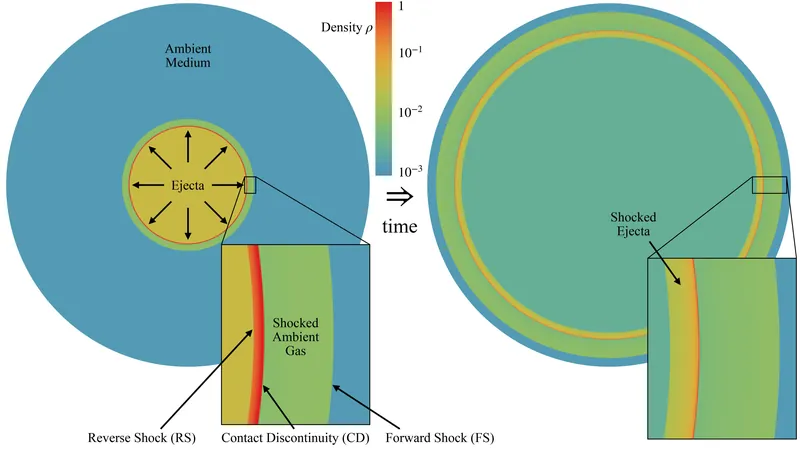
Groundbreaking 3D Cell Model Paves the Way for Innovative Treatments of Lip Injuries
2024-11-04
Author: Siti
Introduction
In a remarkable breakthrough for medical science, researchers have successfully developed a pioneering 3D cell model specifically designed to address the complex challenges associated with lip injuries. Our lips are crucial for functions such as speaking, eating, and expressing emotions, and injuries to this delicate area can lead to both functional and aesthetic concerns. Yet until now, effective models for studying lip cell behavior and treatment options have been conspicuously absent.
Published Research
Published in the esteemed journal Frontiers in Cell and Developmental Biology, the study details the innovative immortalization of human lip cells donated from patients. This advancement allows scientists to cultivate lip-specific models in the laboratory, which could revolutionize treatment options for countless patients suffering from traumatic lip injuries, cleft lip, and related conditions.
Key Researcher and Collaboration
Dr. Martin Degen from the University of Bern, a key researcher on the project, emphasizes the importance of the lips in personal appearance and function, stating, "The lip is a very prominent feature of our face. Any defects in this tissue can be highly disfiguring." He credits the collaboration with the University Clinic for Pediatric Surgery and other experts as pivotal to this monumental achievement.
Challenges in Research
Traditionally, obtaining viable human lip cells for research has been difficult due to their limited availability and the challenges in replicating their unique characteristics. Primary lip cells—those taken directly from individuals—are often fleeting in nature and difficult to procure. The team sought to address this issue by employing a technique to immortalize lip cells, thereby allowing continuous growth and experimentation.
Methodology
By utilizing tissue from two patients—one receiving treatment for a lip laceration and the other for a cleft lip—the scientists employed a retroviral vector to modify specific genes, effectively extending the life of these cells. Extensive testing confirmed the genetic integrity of these immortalized cell lines while ensuring they closely resembled their naturally-occurring counterparts.
Significance of Findings
The implications of this research are profound. The scientists rigorously tested the functionality of these immortalized cells, simulating wound healing by creating scratches on the cell cultures. Remarkably, they observed that the cells healed similarly to conventional skin cells, indicating their potential utility in studying recovery processes.
Further Experiments
In a further experiment, these advanced 3D cell models were subjected to infection by Candida albicans, a yeast known to cause serious complications in vulnerable populations. The results mirrored real-life infection patterns found in actual lip tissue, providing validation for the model’s authenticity.
Future Applications
Dr. Degen expresses optimism for the future applications of this research, stating, "Our laboratory focuses on obtaining a better knowledge of the genetic and cellular pathways involved in cleft lip and palate. However, we are convinced that 3D models established from healthy immortalized lip cells have the potential to be very useful in many other fields of medicine."
Conclusion
Given that lip keratinocytes can vary significantly—encompassing labial skin, mucosal, or mixed characteristics—the researchers are equipped with the necessary tools to refine and characterize these cell types for targeted investigations. This groundbreaking development not only aims to improve treatments for lip injuries but also serves as a beacon of hope for advancements in various medical disciplines. As researchers further explore the capabilities of these 3D models, the potential for effective therapies continues to expand, setting the stage for transformative solutions that could change countless lives.





 Brasil (PT)
Brasil (PT)
 Canada (EN)
Canada (EN)
 Chile (ES)
Chile (ES)
 España (ES)
España (ES)
 France (FR)
France (FR)
 Hong Kong (EN)
Hong Kong (EN)
 Italia (IT)
Italia (IT)
 日本 (JA)
日本 (JA)
 Magyarország (HU)
Magyarország (HU)
 Norge (NO)
Norge (NO)
 Polska (PL)
Polska (PL)
 Schweiz (DE)
Schweiz (DE)
 Singapore (EN)
Singapore (EN)
 Sverige (SV)
Sverige (SV)
 Suomi (FI)
Suomi (FI)
 Türkiye (TR)
Türkiye (TR)